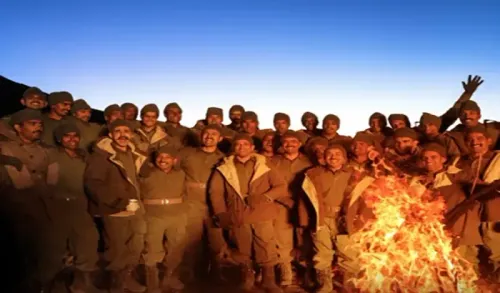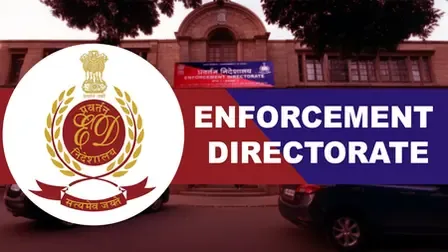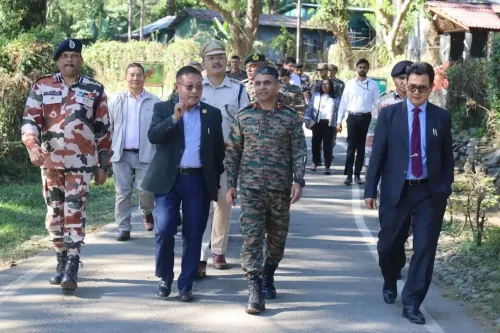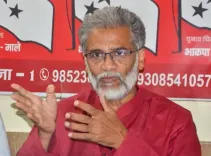Are Khalistanis Shaken as India and Canada Unite?
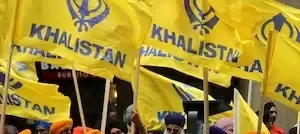
Synopsis
Key Takeaways
- India and Canada are enhancing security cooperation against Khalistani threats.
- The Lawrence Bishnoi gang has been designated a terrorist organization.
- The NIA is investigating links between gangs and Khalistani elements.
- Khalistani radicals are feeling increased desperation.
- Community leaders are crucial in preventing the revival of the Khalistan movement.
New Delhi, Oct 4 (NationPress) The grip on the Khalistanis is becoming more stringent as India and Canada enhance their security collaboration. The initial indication of this shift came after a meeting between Prime Minister Narendra Modi and Canadian Prime Minister Mark Carney.
This meeting catalyzed a sequence of discussions among officials from both nations, including a high-level conference between the National Security Advisor (NSA) of India and his Canadian counterpart, Nathalie Drouin. The restoration of ties led Canada to designate the Lawrence Bishnoi gang as a terrorist organization, citing its role in fostering a climate of fear and intimidation. For India, this is a pivotal decision as these gangs have connections to Khalistan factions.
The National Investigation Agency (NIA) is currently examining the connections between gangsters and terrorists. During their investigation, the NIA uncovered that these gangs are financing operations and executing attacks under the direction of Khalistani elements. The agency has confirmed a significant link between the two, which is fueling the Khalistan movement.
According to intelligence reports, these developments have instilled fear among the Khalistanis. Recent attempts to ignite a cinema theater in Ontario twice within a week highlight their growing desperation.
Officials indicate that these Khalistani radicals may engage in further acts of violence to instill fear among the populace and law enforcement. Recently, the Kaps Cafe in Canada was attacked, an act claimed by the Babbar Khalsa International (BKI).
These groups are actively targeting Indians, as evidenced by their attempt to set fire in Ontario, prompting the theater management to cease screenings of Hindi films due to security concerns.
“Every screening and every product labeled ‘Made in India’ bears the imprint of a violent ideology aiming to propel India towards a Hindutva totalitarian regime,” declared Gurpatwant Singh Pannun of the proscribed Sikhs for Justice (SFJ) in response to these events.
While the strengthening of ties between India and Canada has clearly irritated the Khalistanis, their frustration is heightened regarding operations in Punjab. Indian agencies have effectively curtailed their activities, hindering not only operational capabilities but also their recruitment drives. This has exacerbated their frustration, prompting Indian authorities to alert police to remain vigilant against potential terror strikes in Punjab and surrounding regions.
It is not only the government and law enforcement that are vigilant; the elders in Punjab play a crucial role in preventing the resurgence of the Khalistan movement. They consistently remind the youth of the futility of this movement and the fear that plagued the state during the militant era.
This narrative has resonated with the younger generation, making it exceedingly difficult for Khalistanis to recruit new members. The support of local communities is vital for stifling such movements.
Officials emphasize that to eradicate this threat, India and Canada must collaborate closely. The NIA is investigating multiple cases linked to the Khalistan issue, and information sharing will be crucial for future extraditions.
The situation surrounding the Lawrence Bishnoi gang is merely the beginning, according to officials.
However, during this critical period, law enforcement agencies must remain highly alert, as the ISI-backed Khalistanis have intensified their desperation significantly.

